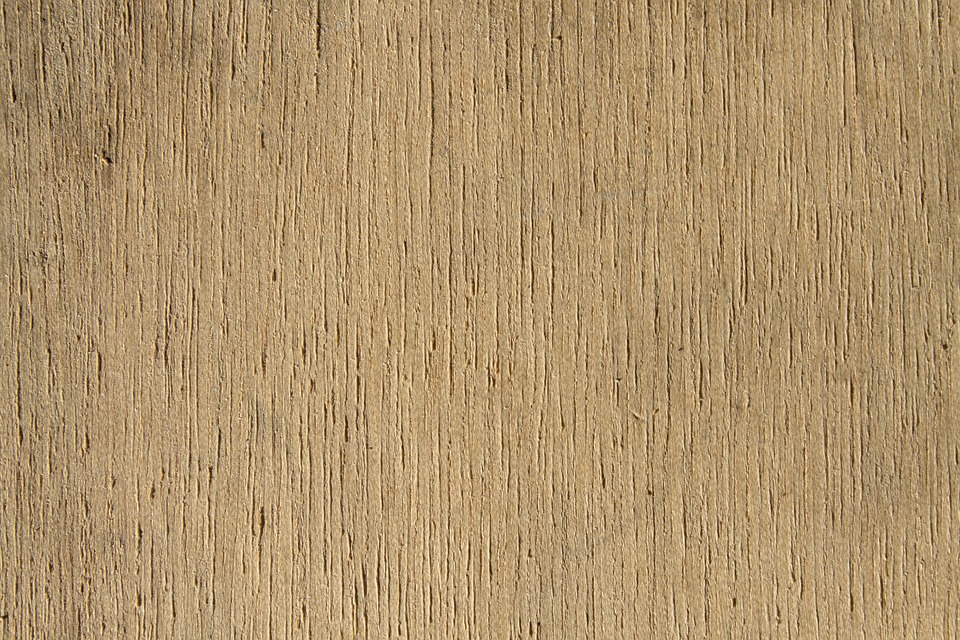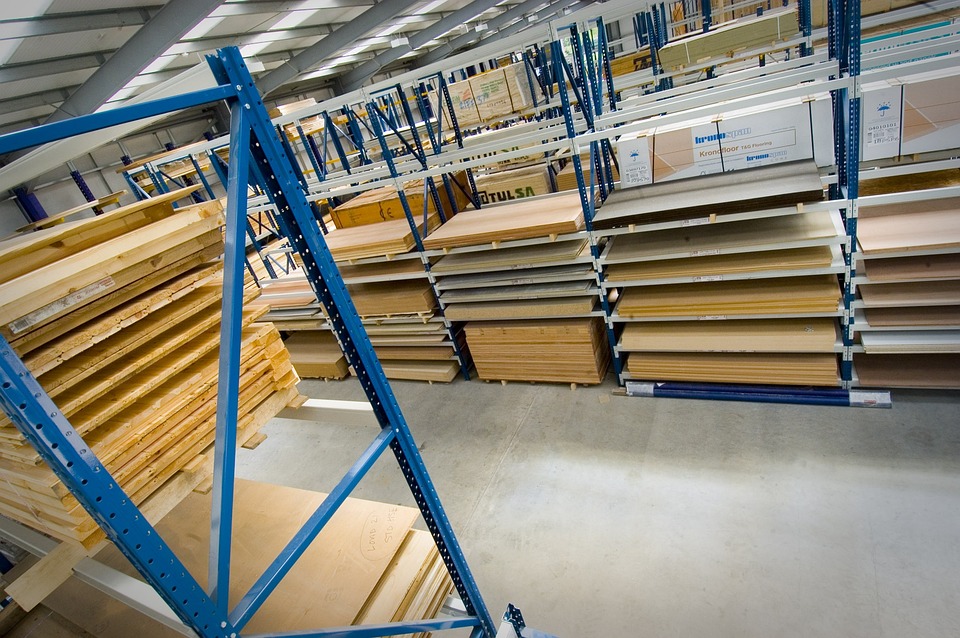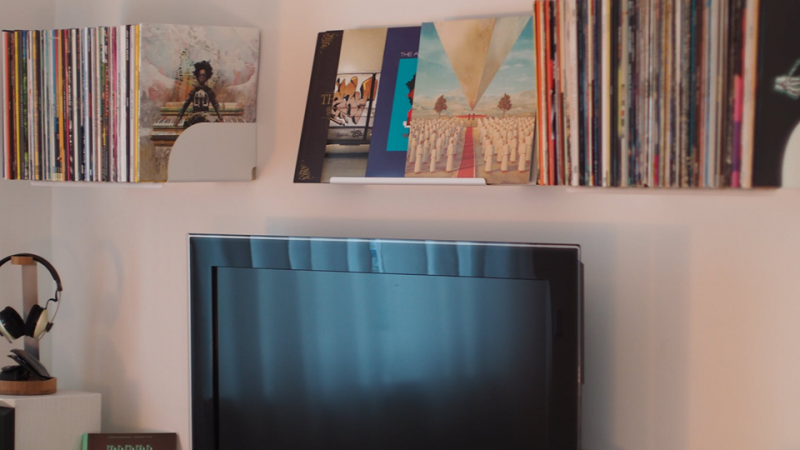BWR and BWP Grade Plywood Differences
BWP and BWR plywood are two commonly used terms for lumber produced from the same source, but with distinct properties and uses. When looking for plywood, whether for building projects or a home’s interior finishing, you will want to know the main aspects of BWP vs BWR. Choosing the right type of plywood can make all the distinctions when durability and performance are key considerations. If you’re not sure how to tell the difference between BWP plywood and BWR ply, this article explains the key differences to help you choose your next piece of plywood wisely.
Contents
Properties of Good Plywood
-
- Uniform Texture. A plywood with a uniform texture has a smooth and consistent surface without any lumps or bumps. The smoother the surface is, the more likely the plywood will last longer. To achieve a uniform texture, most manufacturers simply shave the wood with a blade until it has a consistent thickness. The width of the blade is usually kept at a certain width so it does not have to be changed for every board. To make sure the blade is kept at a constant distance from the board, it is often anchored to the table with a piece of string. Plywood manufacturers usually spend a lot of time testing their products to make sure they meet the standards of the industry. Testing can be done by slicing the plywood with a blade, draping it over a series of scales, and checking its weight before and after.
- Durable, Strong, Eco-Friendly Lumber. Good plywood is durable and strong enough to last through a variety of uses, such as for building projects or for finishing a home’s interior. However, not all plywood is created equal. Some plywood manufacturers use inferior wood, resulting in inferior plywood. When buying plywood, make sure to buy the best quality plywood available to ensure long-term durability and strength. Buying inferior plywood can result in damaged projects, reduced structural integrity and safety issues. Additionally, it should also be eco-friendly as it has minimal impact on the environment compared to other lumber types.
- Good Adhesion. The best plywood has good adhesion, which means it adheres well to the materials it’s intended to be used with. This means there’s a good bond between it and the wall, and it doesn’t move around too much when you apply pressure. If plywood has low adhesion, then it may not stick to the wall very well, and it’s more likely to move around when you apply pressure. It may also splinter when you try to cut it, and it’s likely to crack when you try to bend it. Plywood with low density generally has a lower price, and it’s more likely to be used with paints and stains.
- Availability in assorted qualities. You can get a wide range of plywood products to choose from, depending on the project you are doing. Whether you need to build a fence or a deck, there will be a quality of plywood you can get to suit your needs. For example, you can get plywood with a face veneer. This will provide a better look on your project, as well as better durability. You can also get plywood with a tongue and grooved edge, which will provide a more professional look to your project, as well as better durability. For a great look, and to last, you can get plywood with a face veneer and a tongue and groove edge.
What is BWR Plywood?
BWR plywood is also known as boiling water-resistant plywood, as it is produced from logs that have been pressure-treated with phenol-formaldehyde. BWR plywood full form has higher water resistance and can withstand moisture effects better than untreated wood. It is mainly produced from Douglas Fir, Hem-Fir, Redwood and Sitka Spruce. It has a dark brown or almost black color, similar to that of treated wood. BWR lumber has a high strength-to-weight ratio, is relatively soft, and has a uniform texture. BWR lumber is used for outdoor projects such as outdoor furniture, outdoor kitchen cabinets, outdoor stairs, and outdoor decks. BWR grade plywood is a long-lasting choice for outdoor projects due to its moisture resistance. It is also used for building walls and roofs as it has a high strength-to-weight ratio and a uniform natural texture. BWR ply is a stable alternative for indoor projects such as interior doors, windows, and cabinets.
What is BWP Ply?
BWP plywood is also known as boiling waterproof plywood. It is produced using low-pressure vacuum treatment to preserve the wood’s natural color, grain, and texture. BWP full form contains a characteristic grain, unlike untreated wood, and is produced from select hardwoods such as American Walnut, American Cherry, and American Maple. It has a pale brown to reddish-brown color and almost no grain. The wood used to produce BWP grade plywood is steam-cleaned using a vacuum and then pressure-treated to produce robust wood with high resistance to moisture and rot. BWP plywood is an eco-friendly alternative to traditional plywood and has the same properties and strength as other plywood. It can be easily stained and painted, so you can create various designs and styles of your choice. It is a popular material for building stairs and fences because it is very strong and durable. BWP plywood full form is also widely used for making office desks and tables.
Final thoughts
BWR plywood is a durable choice for outdoor projects due to its resistance to moisture and rot and its ability to withstand environmental effects. BWR grade plywood is a stable and affordable option for anyone looking to upgrade their outdoor space without breaking the bank. BWR ply has a smooth surface that resists scratches, making it an attractive choice for projects like bookcases or desks. BWP plywood is a popular choice for cladding as it has a uniform natural texture and good dimensional stability. BWP grade plywood is also used to make furniture, flooring, and pand veneer as it has a high strength-to-weight ratio, high stiffness and low shrinkage. It is an attractive wood with a uniform color and grain. It is resistant to termites and fungi, making it a suitable material for construction projects.






